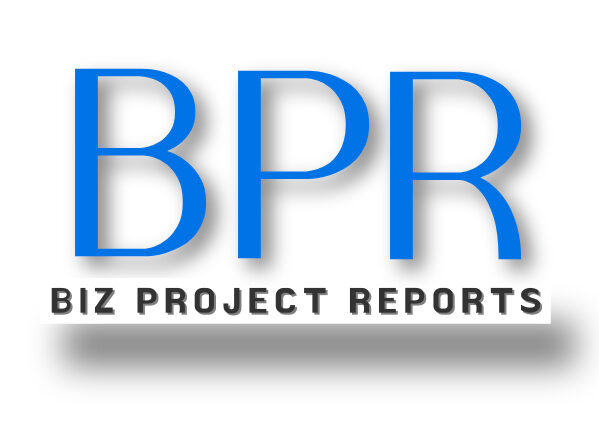1. Market Overview:
Ventilation equipment plays a vital role in maintaining indoor air quality, controlling temperature, and ensuring a safe and comfortable environment in various settings, including residential, commercial, industrial, and healthcare facilities. The global market for ventilation equipment production is driven by factors such as growing awareness of air quality, energy efficiency, building construction, and industrial processes.
2. Market Segmentation:
The ventilation equipment production market can be segmented based on various factors:
2.1 Types of Ventilation Equipment:
HVAC Systems: Heating, ventilation, and air conditioning systems for climate control.
Exhaust Fans: Remove stale air, odors, and pollutants from enclosed spaces.
Air Purifiers: Devices that filter and purify indoor air to remove contaminants.
Ductwork and Vents: Channels and openings for air distribution.
Ventilation Fans: Enhance airflow in specific areas or rooms.
Industrial Ventilation Systems: Designed for factories, warehouses, and manufacturing facilities.
2.2 Applications:
Residential: Ventilation solutions for homes, apartments, and condos.
Commercial: Ventilation systems for offices, retail spaces, hotels, and restaurants.
Industrial: Ventilation equipment for manufacturing and industrial processes.
Healthcare: Air quality control in hospitals and healthcare facilities.
Energy and Utilities: Ventilation solutions for power plants and utilities.
Agriculture: Ventilation systems for agricultural buildings.
2.3 Energy Efficiency:
Energy Recovery Ventilation (ERV): Systems that recover and reuse heat or energy.
Variable Air Volume (VAV): Systems that adjust air volume based on demand.
High-Efficiency Filters: Filters that improve air quality while reducing energy consumption.
3. Regional Analysis:
Different regions have unique climate conditions, building standards, and regulatory requirements, influencing the choice of ventilation equipment and systems.
4. Market Drivers:
4.1 Air Quality Concerns:
Growing awareness of indoor air pollutants and the importance of good air quality.
4.2 Energy Efficiency:
The need to reduce energy consumption and operating costs through efficient ventilation.
4.3 Building Construction:
New construction projects and building renovations drive the demand for ventilation equipment.
5. Market Challenges:
5.1 Regulation Compliance:
Adhering to strict building codes and ventilation regulations.
5.2 Technological Advancements:
Continuously updating equipment to meet evolving energy efficiency standards.
6. Opportunities:
6.1 Sustainable Technologies:
Developing eco-friendly and energy-efficient ventilation solutions.
6.2 Smart Ventilation:
Incorporating automation and IoT technologies for remote monitoring and control.
7. Future Outlook:
The future of the ventilation equipment production industry is promising, with sustained demand from construction, healthcare, and industrial sectors worldwide. Innovations in sustainable materials, energy-efficient technologies, and smart ventilation systems are expected to drive the industry’s growth in the coming years.
Conclusion:
Ventilation equipment production continues to be an essential industry in ensuring indoor air quality, comfort, and energy efficiency. While facing challenges related to regulation compliance and technological advancements, the industry continues to thrive. By investing in sustainable materials, technological advancements, and compliance with energy efficiency standards, the ventilation equipment production industry is well-poised to meet the evolving demands of property owners, facility managers, industrial operators, and environmentalists worldwide, ensuring healthy and efficient indoor environments for the future.
